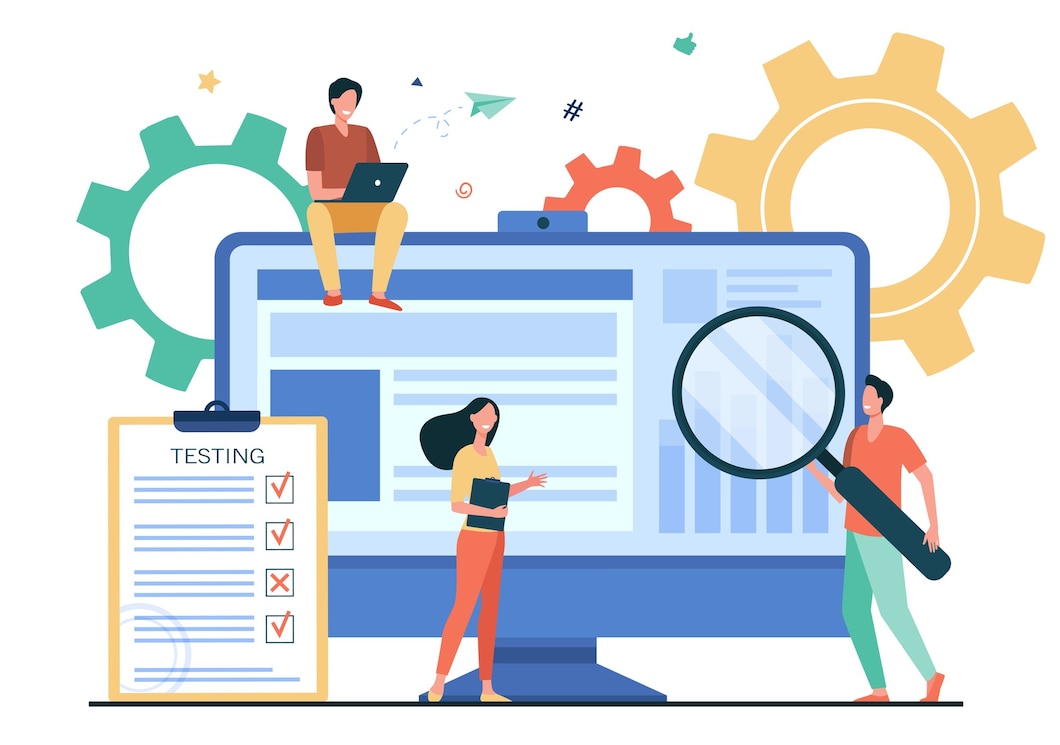Speech analytics enables contact centers to track and analyze their calls and improve call center quality by building intelligence from customer interaction. It can transcribe 100 % of voice calls and can help to automate quality monitoring with AI-enabled call center quality assurance software and QA tools.
Speech Analytics in call centers
Speech analytics is a technology that utilized Artificial Intelligence to process, analyze and understand human speech. Call center quality assurance software or QA applications with speech analytics can transcribe live or recorded calls. Speech or voice analytics technologies identify the words and phrases from the call transcript by comparing them with the library defined by the user. This enabled call centers to spot significant trends in customer interactions. Also, voice analytics can detect customers’ emotions, sentiments, and stress by analyzing the speakers’ voices and tones. Using speech recognition, call centers can identify callers’ identities, and intentions, and ensure security. These can help to obtain strategic insights leading to enhancing call center operation and assist organizations to improve call center quality assurance and monitoring process.
Two Popular Approaches of Speech Analytics
So, speech analytics or voice analytics can identify the significant aspects of a call or conversation either by spotting words or phrases from the transcript or by sentiment analysis. There are two critical ways these can be done by a call center quality assurance software.
Phonetics
The QA tool powered with speech analytics will convert the words into phonemes, small and recognizable sounds in speech. There are 44 phones in the English language, for example, “oo” in the word “food”. Contact center quality software with phonetic recognition systems can even identify the words that are not in the predefined vocabularies. Also, it is faster than other speech analytics systems.
A major concern of speech-to-text applications is how to understand and convert human speech with different accents. Also, words that are pronounced same but have different meanings are hard to differentiate and convert with a speech-to-text solution. These words are broken down into phonemes in phonetics-based speech analytics software. Many words may sound the same when broken down into phonemes. In addition to this, there are countless types of accents in different countries. So, the QA solution in the call center must be capable and efficient enough to understand human speech with different accents and homonymes.
LVCSR
A considerably newer technology has been introduced in the speech-to-text software to aid and improve call center quality monitoring and assessment process.
Large Vocabulary Conversational Speech Recognition or LVCSR technology compares and matches the whole words instead of phonemes. But a rich and large database is required for LVCSR to function more seamlessly than speech-to-text software with phonetic transcription. It also takes more time to process data. However, the outcome is far more accurate than call center quality assurance software with phonetic transcription facilities and can considerably improve call center quality monitoring and assessment process.
The primary concern with the LVCSR is that it requires to have hundreds of thousands of matches for words instead of a couple of phonetic sounds. For example, for a sentence like “call centers use speech to text technologies,” the phonetics-based solution will break down it into “ca” “ll” “can” and “ters”. But LVCSR transcribes it by establishing direct word correlation. It will put the sentence with an “n” value. The “n” value will determine the number of words the software can process at one time, such software will view the sentence as “call centers”, “centers use”, “use speech”, “speech to", and "to technology”. It will let the algorithm find which words are more likely and transcribe the sentence once all the words will fit together.
Therefore, it is a slower process than other voice analytics methods. But it will definitely produce more accurate results as it utilizes a large database and can differentiate between words with similar phonetic sounds. The developers often also add words with different accents in the database making the outcome of LVCSR analysis more precise to improve call center quality monitoring.
End Note
Though speech analytics technology is progressing faster, and rich databases and libraries are available for developers, achieving 100% accuracy are still not possible with voice analytics software. Though it can significantly aid the quality monitoring process and improve call center quality evaluation, the selection and effectiveness of the speech analytics approach will depend on the business problem and operational style of the call center where it is going to be used. But powerful software with speech analytics and business intelligence mining capabilities will surely help to improve call center quality assurance process.





